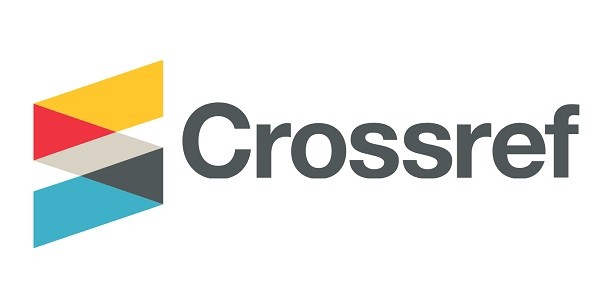The Future of the Media in the Face of Extremism and Terrorism Towards New Communication Models
DOI: 10.46988/IJMMC.01.01.2019.002
Abstract
In the face of modern technology, increasing mass media, and the prevalence of its discourse and public turnout on social networks, the traditional media have been influenced by these modern media in one form or another. This has weakened the power of its discourse, which has become a captive of ideological, religious, racist, and factional ideas as well as political and economic interests, and reflected the widespread rhetoric of extremism and terrorism in an unprecedented manner. The media played a role in devoting sanctuaries to these extremists thought owners, reflected on the civil peace and global stability.
In light of modern technology and the rise of the mass media and the popularity of its speech, and the increasing approach of audiences on social networks, traditional media are affected by these modern communicative means in one form or another. The power of its speech which has become captive to ideological, religious, racial and partisan as well as political and economic interests, as reflected on the prevalence of extremism and terrorism in an unprecedented manner and played a role in perpetuating incubators for this radical ideology, reflected on the civil peace and global stability. In the attempts of many international and regional organizations as well as major media companies to establish legal regulations and legislation, which must be committed to both the contact person or the receiving public, but we still see the phenomenon of radical discourse exists strongly, and this speech has his audience and supporters, which makes the national, regional or international in a state of confusion and needs new and unconventional communication plans and models, therefore. This study aims to identify causes of the prevalence of extremism and draw a clear model of communicative dimensions as input towards improving a developed model that illustrates the future and the features and the role of media and enlightening methods in the face of extremism and terrorism. This developed model can open the door to building a safer, more balanced, and more public media discourse, away from the language of hatred or violence, and promoting security and intellectual immunization.


